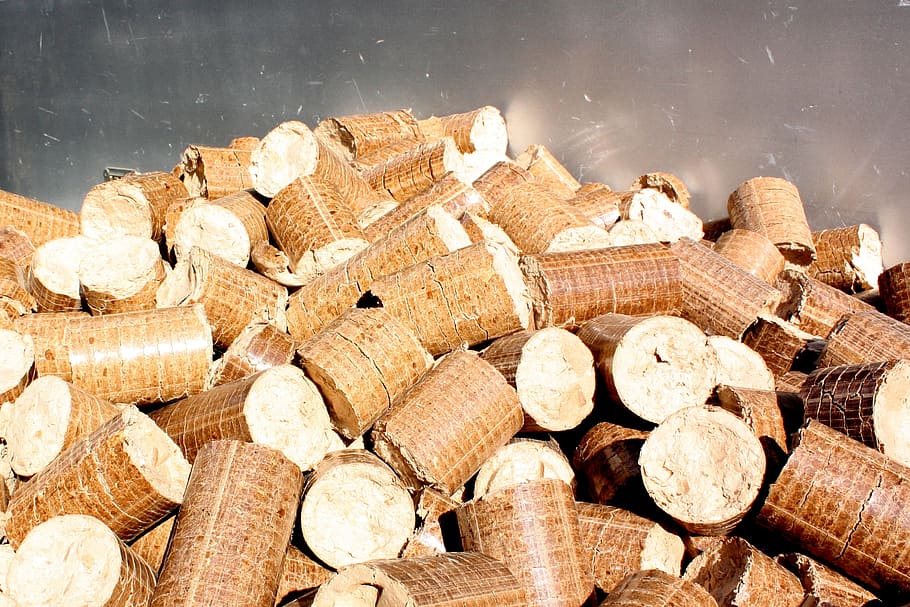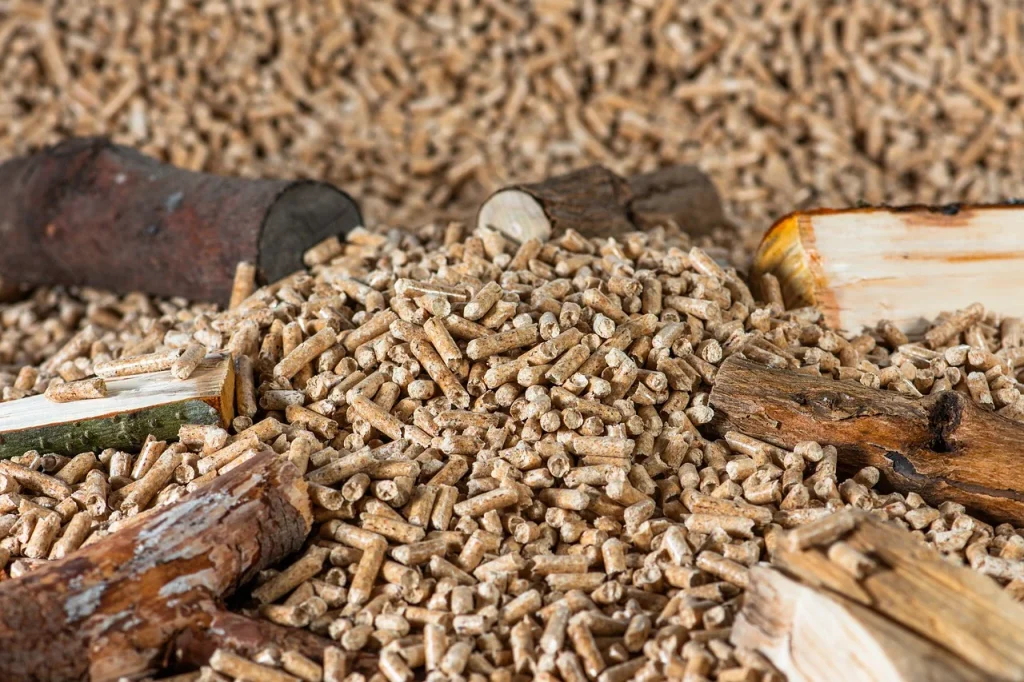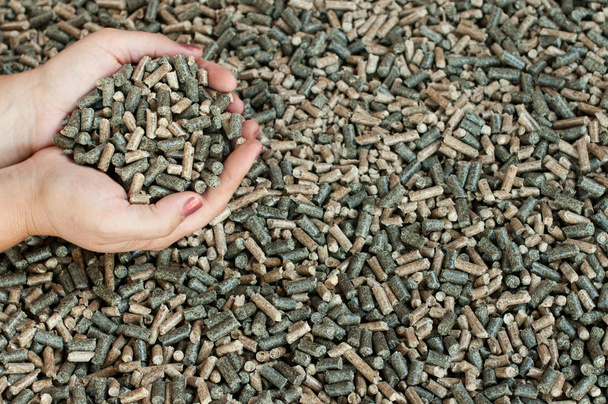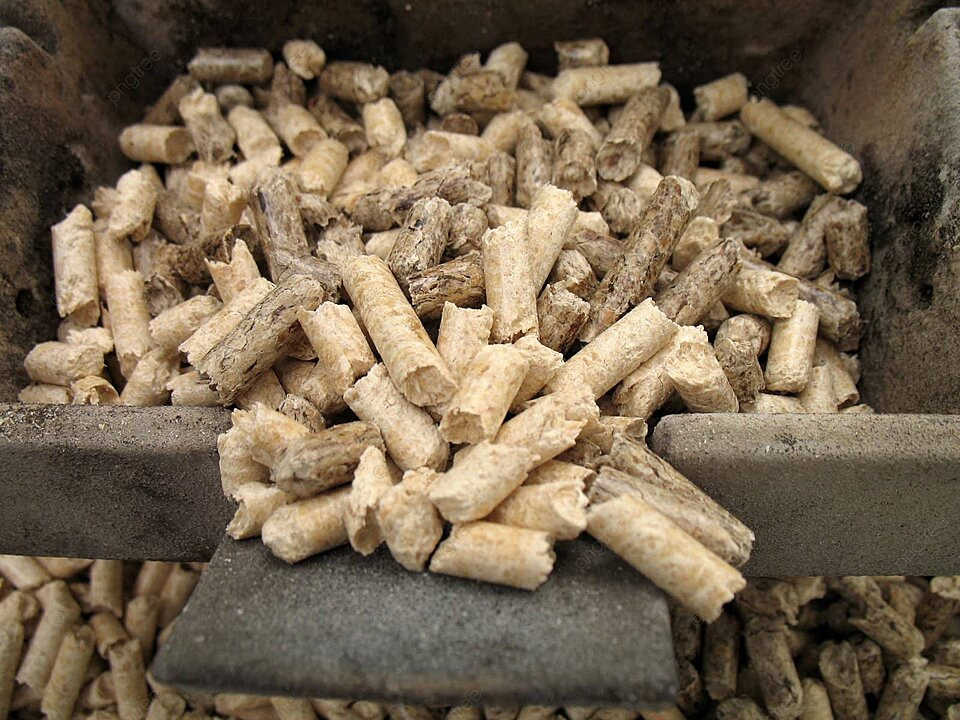
Menu
Pellets
Sustainable Solutions for Energy, Feed, and Beyond
Introduction to Pellets

Pellets are small, cylindrical products made by compressing various raw materials. They are widely used in industries like energy, animal feed, and manufacturing due to their high density, uniform shape, and eco friendly nature.
Manufacturing Process
Raw Material Preparation
Cleaning and shredding materials.
Drying
Reducing moisture content to optimize binding.
Pelletizing
Compressing materials using pellet mills.
Cooling
Allowing pellets to harden and stabilize.
Packaging
Bagging and storing for distribution.
Advantages of Pellets
- High Energy Density : Ideal for efficient storage and transport.
- Eco-Friendly : Reduces waste and promotes renewable energy use.
- Versatility : Suitable for energy, feed, and industrial applications.
- Cost-Effective : Lower operational and transportation costs.


Applications of Pellets
- Energy Generation: Biomass pellets for heating and electricity.
- Animal Husbandry: Feed pellets for livestock.
- Industrial Uses: Raw material in manufacturing processes.
- Recycling Initiatives: Plastic and rubber pellets for sustainable solutions.
Challenges and Considerations
- Raw Material Availability : Seasonal or regional constraints.
- Initial Investment : High setup costs for equipment.
- Quality Control : Ensuring consistency and durability.
- Market Competition : Balancing costs with market demand.


Future Trends in Pellet Industry
- Technological Advancements : Efficient
and automated pelletizing machines. - Sustainability Focus : Increased demand for renewable energy sources.
- Global Market Expansion : Growing adoption across industries worldwide.
- Innovation : Development of new types of pellets for diverse applications.
Pellets are versatile, sustainable, and essential for modern industries. Their applications in energy, animal feed, and recycling highlight their importance in fostering a greener, more efficient future.